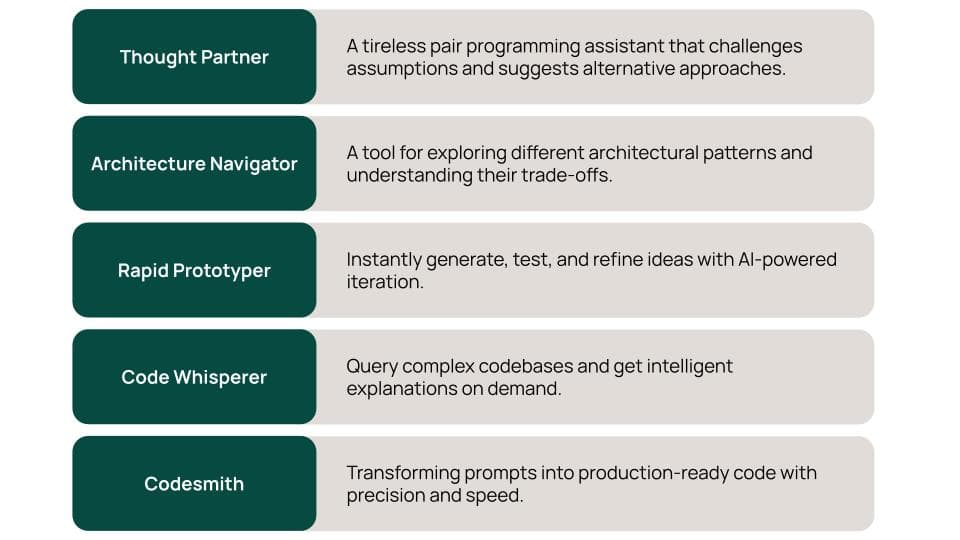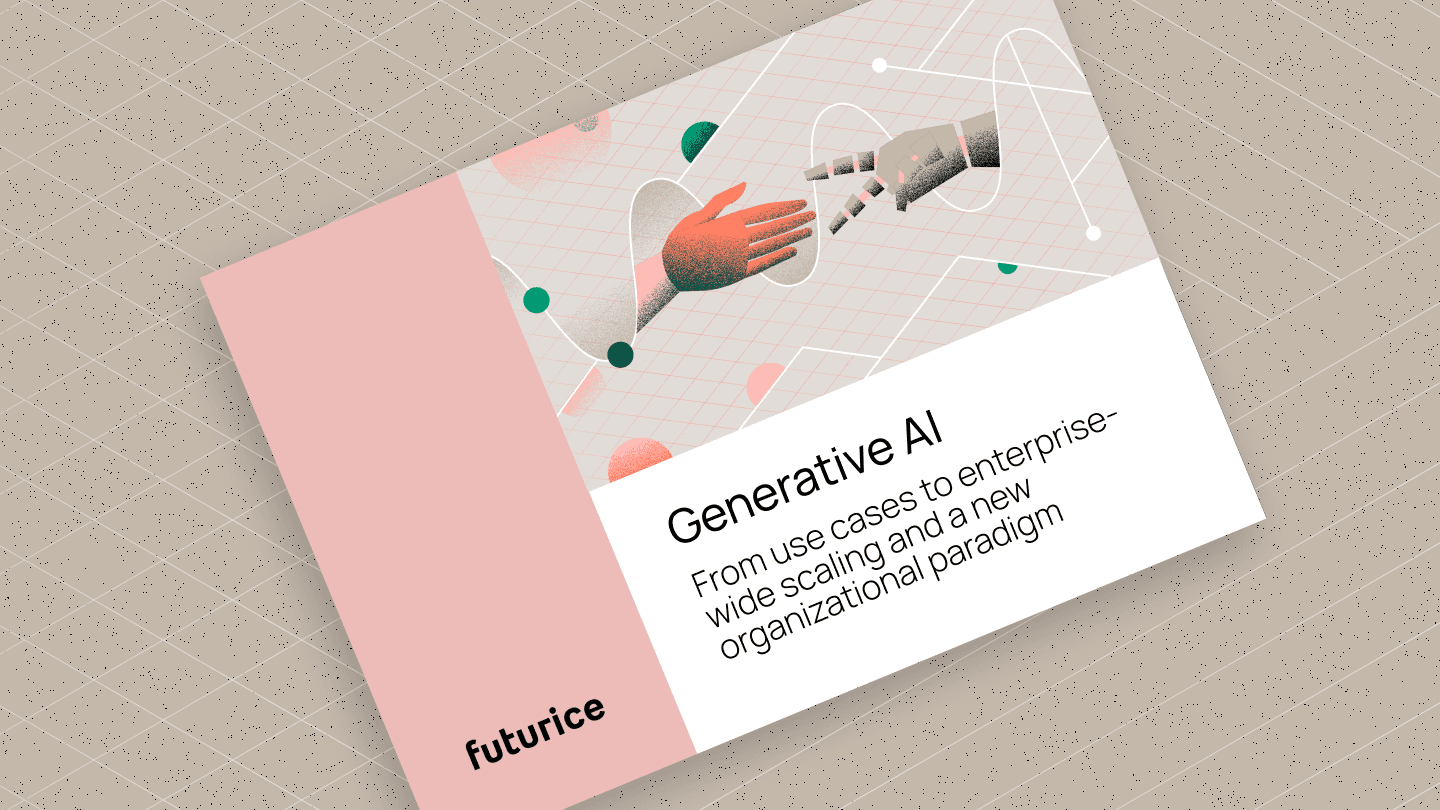Are we at risk of creating a generation of developers who can prompt but can't program?
When it comes to developing code, GenAI should not be thought of as just a productivity short-cut, rather a fundamental amplifier of human creativity and problem-solving capabilities. Tools like GitHub Copilot, Cursor, Claude etc. don’t just create code faster but help us to think differently about problems, to explore solution spaces more thoroughly, and to push the boundaries of what's possible.

The journey to becoming a proficient software engineer has always been about learning through doing. In the pre-internet era, this meant hours of solitary coding, armed only with reference books and determination. Skills were often earned through painful hours of debugging – but that very pain embedded deep learning, creating mental patterns that would serve us for years to come. It wasn't efficient, but we learned. We had to.
The internet transformed this landscape. Suddenly, engineers could access vast repositories of code and tap into global communities of peers. Sites like Stack Overflow meant solutions were just a search away. New tools like Git and practices like Pull Requests created structured learning environments where developers could grow through collaboration. Pair programming accelerated knowledge transfer even further. The learning curve was getting smoother, but the fundamental principle remained unchanged: you learned by doing, by understanding, by breaking things and fixing them.
Even before the capabilities of the latest LLMs, major tech companies were already reporting significant adoption of AI in software development. Google stated that 25% of their code is AI-generated. Microsoft reported that 20–30% of the code in their repositories is AI-generated. And back in August 2024, Amazon’s CEO announced that Generative AI reduced the effort required to upgrade to Java 17 from 50 developer days to just a few hours, saving an estimated 4,500 developer-years of work.
But this raises a crucial question: Are we at risk of creating a generation of developers who can prompt but can't program?
The danger is real. It's tempting to fall into a cycle of prompt-copy-paste-commit without truly understanding the code being generated. This approach might deliver short-term productivity gains but at what cost to deep learning and genuine expertise?
However, this perspective misses the true transformative potential of GenAI. The real opportunity isn't just about generating code – it's about fundamentally reimagining how we approach problem-solving in software development.

At Futurice, we see AI as a superpower, not a replacement.
The key lies in using GenAI not as a replacement for learning, but as a catalyst for deeper understanding. It's about asking "why" as much as "how" – using AI-generated solutions as starting points for exploration rather than endpoints.
The learning curve in software development hasn't disappeared – it's evolved. The challenge isn't just about learning to code anymore; it's about learning to think in new ways, to collaborate with AI tools effectively, and to leverage their capabilities while maintaining deep understanding. In this new paradigm, the most successful teams won't be those who can generate code the fastest, but those who can best combine human insight with AI capabilities to create truly innovative solutions.
The future of software development learning isn't about shortcutting the journey to expertise – it's about transforming the journey itself. And at Futurice, we're already showing how this new path can lead to better outcomes for both developers and the solutions they create.
 Jamie WarrenTechnology Principal
Jamie WarrenTechnology Principal





